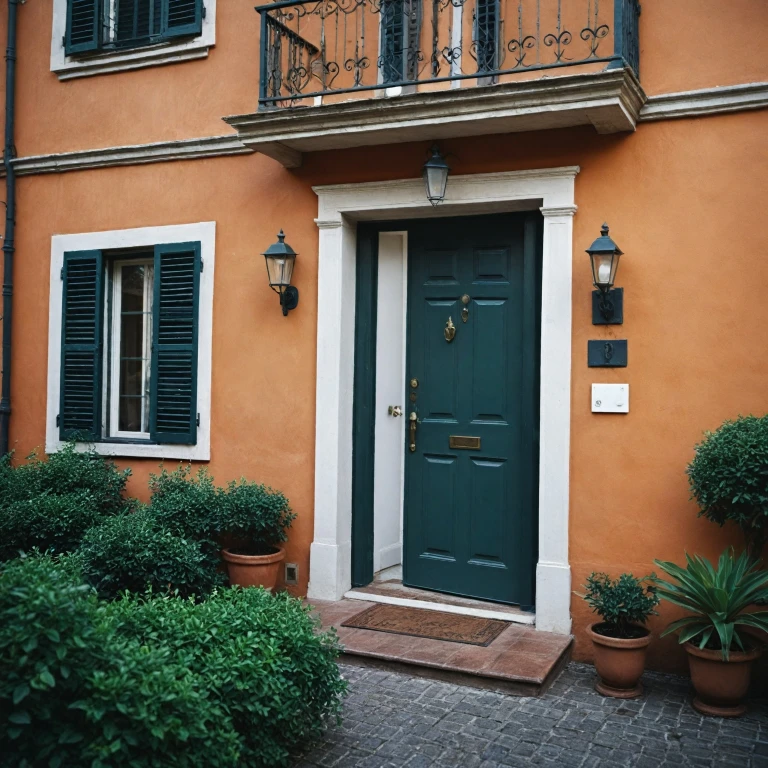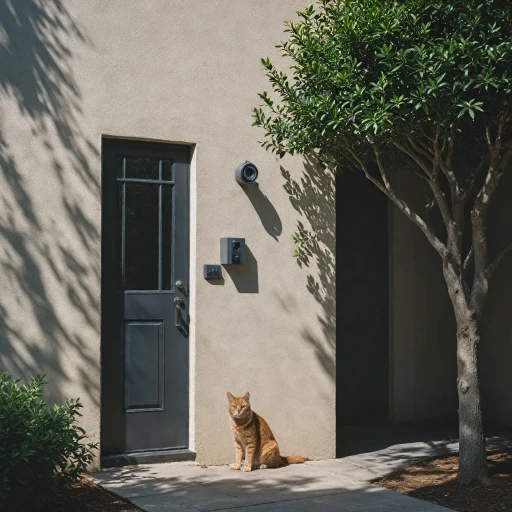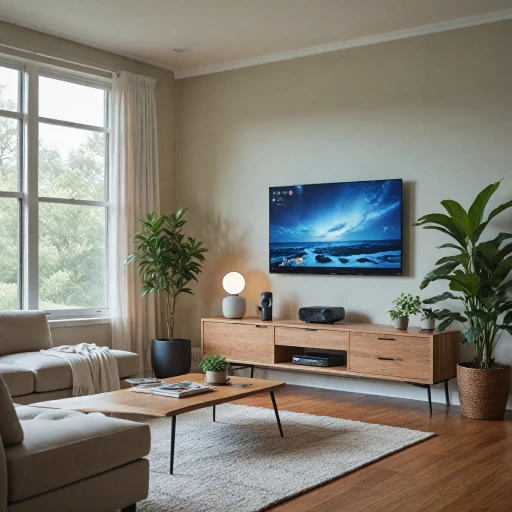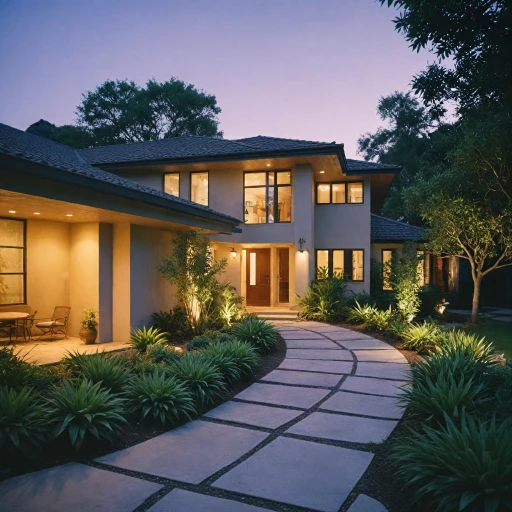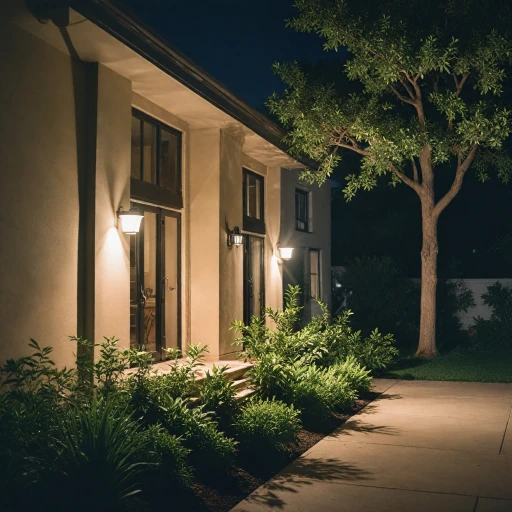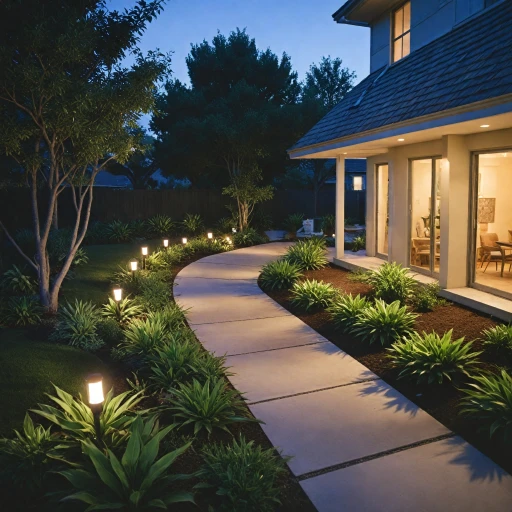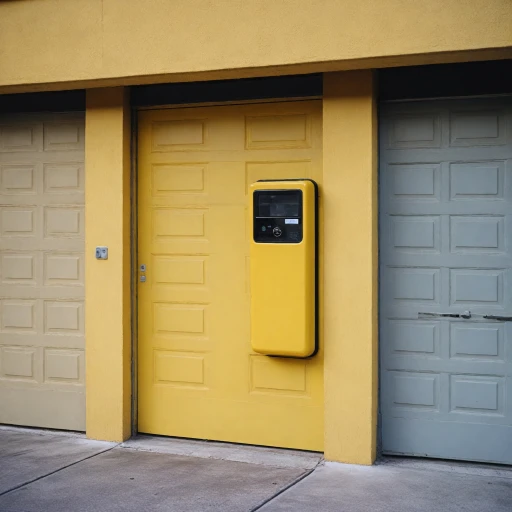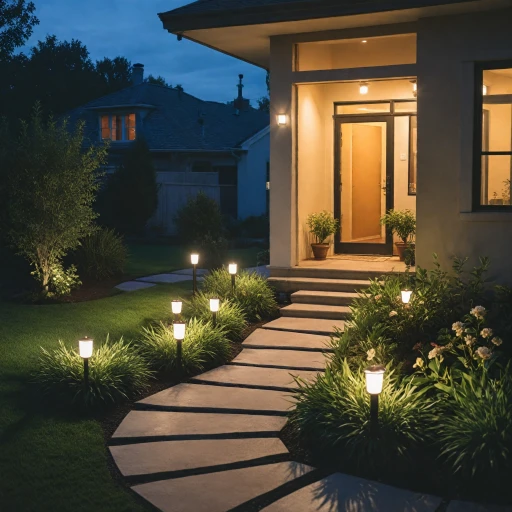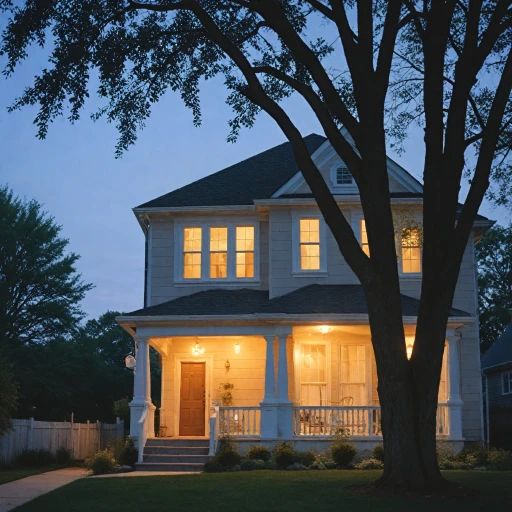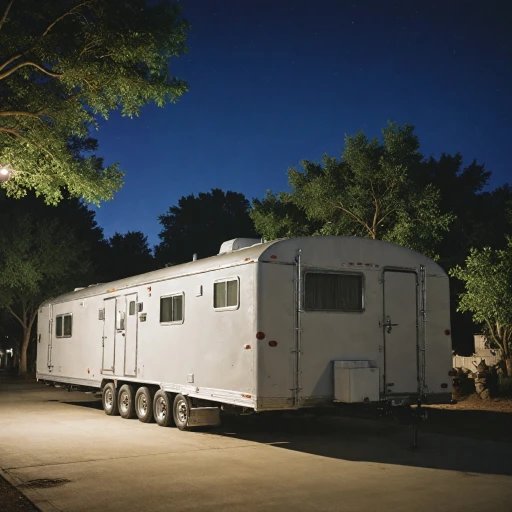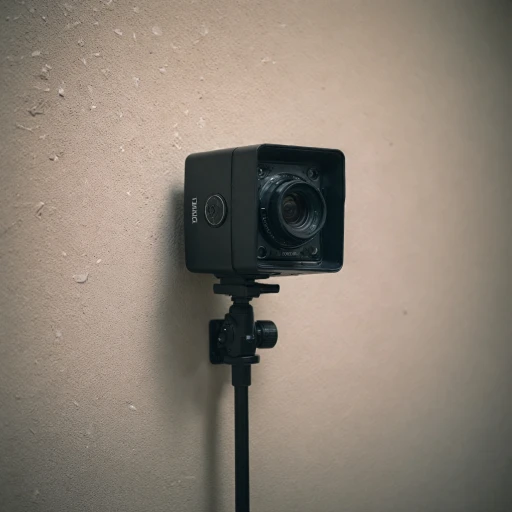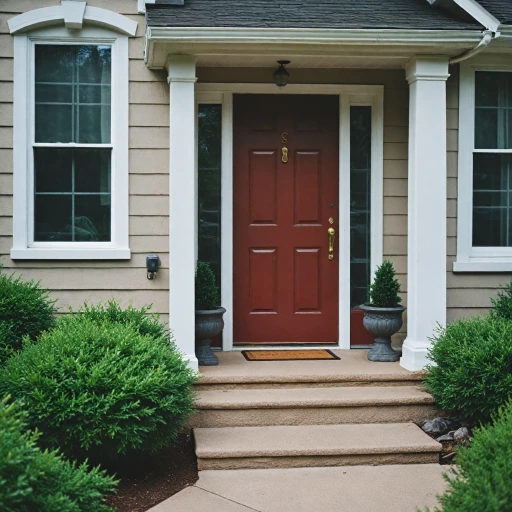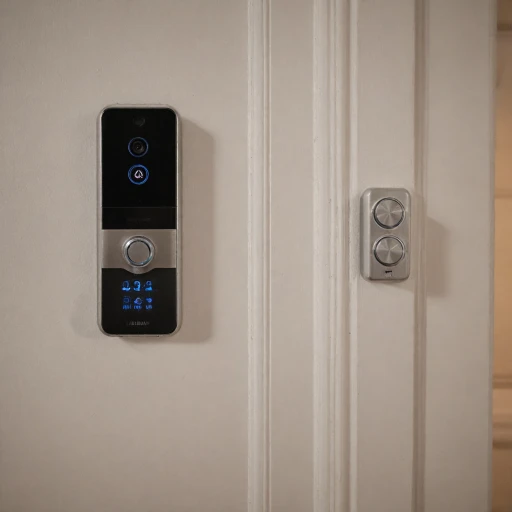
Understanding Motion-Activated Camera Technology
Getting to Know Motion Activation in Security Cameras
Motion-activated cameras have become an integral part of modern home security systems by detecting any unusual movements around your property, thus offering a proactive approach to safety. These advanced systems leverage motion detection technology, triggering the cam to record when motion is detected, minimizing unnecessary video footage. But how exactly do these cameras work, and what makes them so essential in enhancing your security?
The fundamental mechanism behind motion-activated security cameras involves specialized sensors, capable of detecting changes in movement or temperature within a designated area, whether indoor or outdoor. These sensors can initiate video recording or send alerts to your devices, keeping you updated in real-time. Some cameras, like the Nest Cam or Lorex, incorporate additional features such as color night vision, ensuring visibility even in low-light conditions.
Many modern motion-activated cameras offer integration with smart home systems through platforms like Alexa and Google Nest, enhancing functionality. You can find options ranging from wired to wire-free configurations, accommodating various installation preferences. For outdoor use, floodlight cameras equipped with motion sensors serve a dual purpose, illuminating the area and recording activities simultaneously.
An important aspect for customers when choosing these cameras is the balance between price and features such as battery life, resolution, and cloud storage options. Some may prefer the versatility of pan/tilt capabilities or the convenience of hidden motion cameras that blend seamlessly into their surroundings.
When selecting a motion-activated security camera, considering factors like lighting conditions (day and night), location, and budget will ensure you make an informed decision. For more insights into this technology, check out our article on why motion detection camera issues may occur and how to troubleshoot them effectively.
Benefits of Motion-Activated Security Cameras
Advancements in Motion Detection Technology
Motion-activated security cameras have become a cornerstone of modern home security systems. These cameras, equipped with advanced motion detection technology, provide a significant advantage over traditional continuous recording systems. By conserving energy and storage space, they activate recording only when the camera detects motion, thus offering enhanced efficiency.
Enhancing Security with Real-Time Alerts
One standout feature of motion-activated cameras is their ability to send real-time alerts to your smartphone or device, allowing you to monitor activity around your home from anywhere. This real-time aspect is essential with the growing market for integrated smart security systems, such as those compatible with Amazon Alexa or Google Nest. Having these cameras linked through apps via these platforms can increase home safety by providing immediate access and responses to potential threats.
Cameras Designed for Any Environment
Whether you are looking for outdoor models with night vision capabilities or indoor cameras designed to blend seamlessly into your home decor, there is a wide array of motion-activated cameras available. Options include wire-free models, those equipped with a floodlight, and even hidden varieties that can be strategically placed for discrete security coverage. For outdoor security, a floodlight camera can serve as both a deterrent and a source of clear footage, even in low-light conditions.
Cost-Effective and Low Maintenance
Another benefit is the cost-effectiveness and low maintenance of these systems. Compared to older systems, the price is often lower due to reduced need for constant cloud storage and minimal battery usage thanks to on-demand activation. Some cameras, like the battery-powered Lorex and Nest Cam, offer impressive battery life and options for expandable storage, making them ideal for homes in need of reliable yet affordable security solutions.
Choosing the Right Motion-Activated Camera for Your Home
Finding the Perfect Motion-Activated Security Camera for Your Home
Choosing the right motion-activated camera system is pivotal for ensuring optimal surveillance. As you explore various options, it’s essential to focus on key features that align with your specific security needs.
Consider Your Environment: Are you looking for an outdoor camera or something suitable for indoor use? For outdoor cameras, consider models with robust weather resistance and features like night vision to capture clear images even in low light. Meanwhile, indoor options may emphasize aesthetics and easy integration into your interior design.
Assess Video Quality and Storage: High-definition video capability is crucial for clear identification in footage. Cameras offering resolutions from 1080p to 4K might be beneficial. Equally, consider your storage preferences. Cloud storage provides convenience and remote access but may involve additional costs, while local storage avoids monthly fees but requires physical management.
Compare Motion Detection and Alerts: Motion detection is pivotal in reducing resource drain and enhancing efficiency. Check for cameras with advanced motion detection technology that minimizes false alarms. Features such as person detection can be invaluable in this regard.
Connectivity and Integration: If you plan to integrate your camera with existing smart devices, ensure compatibility with security systems like Alexa or Google Nest. This enables seamless operation and management through voice control.
Evaluate Power Source and Installation: Decide between wired, battery-operated, or wire-free models based on your installation ease and power availability. While battery cameras offer flexibility, keeping an eye on battery life is crucial, especially for lorex and similar branded cameras.
Price and Brand Consideration: Brands like Nest Cam and Lorex might offer advanced features but at a premium price. Comparing prices effectively against features ensures you get the best value for your investment.
By weighing these aspects and aligning them with your personal security requirements, you can effectively choose the right motion-activated camera for enhanced home safety and peace of mind.
Installation Tips for Optimal Coverage
Positioning Your Cameras for Maximum Efficiency
When it comes to installing security cameras, placement is key. Whether you’re setting up an outdoor floodlight camera or an indoor cam, location can significantly enhance the motion detection capabilities. Consider critical spots like entrances, driveways, and dark corners where hidden motion activity might occur. This strategic placement ensures that the motion-activated cameras can effectively detect movement, providing a robust layer of protection.
Balancing Coverage and Power
Ensuring optimal coverage while managing power requirements is crucial, especially for wire-free or battery-operated systems. Placement should allow the camera to cover high-traffic areas, but avoid putting the equipment too far from a power source if it isn’t battery-operated. For battery models, such as those offered by brands like Lorex and Google Nest, efficient use of battery life is important. Evaluate how often these cameras will need recharging based on usage and select locations accordingly.
Adjusting Settings for Precision
Once installed, fine-tuning the settings can greatly enhance the performance of your security cameras. Cameras equipped with night vision, like some models available on Amazon, need specific adjustments to transition seamlessly from day to night. Similarly, advanced color night vision features can be tweaked for clarity. Adjust motion sensitivity settings to reduce false alarms, such as those triggered by passing cars or rustling leaves.
Smart Integrations with Home Security Systems
Consider integrating your cameras with existing smart home systems like Alexa or Google. Such integration allows you to control your security camera systems more efficiently. Some models, like the Nest Cam, can be controlled via voice commands, enhancing convenience and functionality. Pairing cameras with other smart devices in your home can create a cohesive security ecosystem, making it easier to monitor your home from anywhere.
Privacy Concerns and Legal Considerations
Balancing Security with Privacy and Legal Standards
Installing motion-activated security cameras in your home is a significant step towards enhancing your security systems. However, it's imperative to recognize the privacy concerns and legal considerations associated with these devices to ensure you're not overstepping any boundaries. First and foremost, understanding the laws in your area regarding video surveillance is crucial. Laws vary significantly in different regions, so familiarize yourself with local regulations to avoid potential legal issues. It's essential to respect others' privacy, particularly if your cameras overlook shared or public spaces.- Positioning for Privacy: When setting up your camera, security measures should not infringe upon the privacy of others. For instance, outdoor cameras that provide color night vision or a floodlight camera can inadvertently capture footage of neighbors, which might not be permissible in some areas.
- Informing Neighbors and Visitors: It's good practice to inform your neighbors and guests about the presence of security cameras, especially those equipped with hidden motion detection or pan tilt capabilities. Clear communication can help maintain trust and transparency within your community.
- Secure and Responsible Data Storage: Given that many motion-activated cameras, like the google nest or lorex smart security systems, utilize cloud storage, ensuring your video data is secure is paramount. Opt for reputable service providers that offer robust data encryption to protect your footage from unauthorized access.
- Compliance with Data Protection Laws: Devices integrated with smart home systems, including those compatible with alexa google or utilizing hidden cams, should comply with data protection regulations. Whether you're using indoor or outdoor cameras, it's vital to ensure compliance with laws such as the General Data Protection Regulation (GDPR) or other specific laws applicable to video surveillance and data privacy.
Integrating Motion-Activated Cameras with Smart Home Systems
Integrating Your Motion-Sensing Cameras with Smart Home Devices
Bringing your motion-activated camera into the fold of your smart home ecosystem can significantly boost both your home security and convenience levels. By seamlessly syncing your security cameras with devices like Amazon Alexa, Google Nest, or other smart technology, you can manage and monitor your systems with greater ease and efficiency.- Amazon Alexa and Google Nest Integration: With Alexa Google compatibility, you can utilize voice commands to access live feeds, adjust camera settings, or even review footage from your video cameras. For instance, you might say, "Alexa, show me the cam footage" or "Hey Google, activate the motion detection mode."
- Smart Lighting and Floodlight Cameras: Merging your camera security systems with smart floodlights can deter intruders more effectively than standard motion detection alone. These systems can be programmed to illuminate the area when motion is detected, offering better visibility through features like color night vision and reducing power usage thanks to battery-efficient technology.
- Unified Monitoring Systems: By integrating your motion-activated cameras with your existing smart home security systems, your entire setup is manageable from a single interface. This integration, for example, can allow your cameras to record when other security systems are triggered, storing footage on cloud storage for easy access and review.
- Smart Alerts and Notifications: With smart home integration, you can receive real-time alerts and notifications directly to your mobile device. This ensures you're promptly informed of any suspicious activity, whether it's picked up by an indoor pan tilt camera or an outdoor battery-powered unit.

